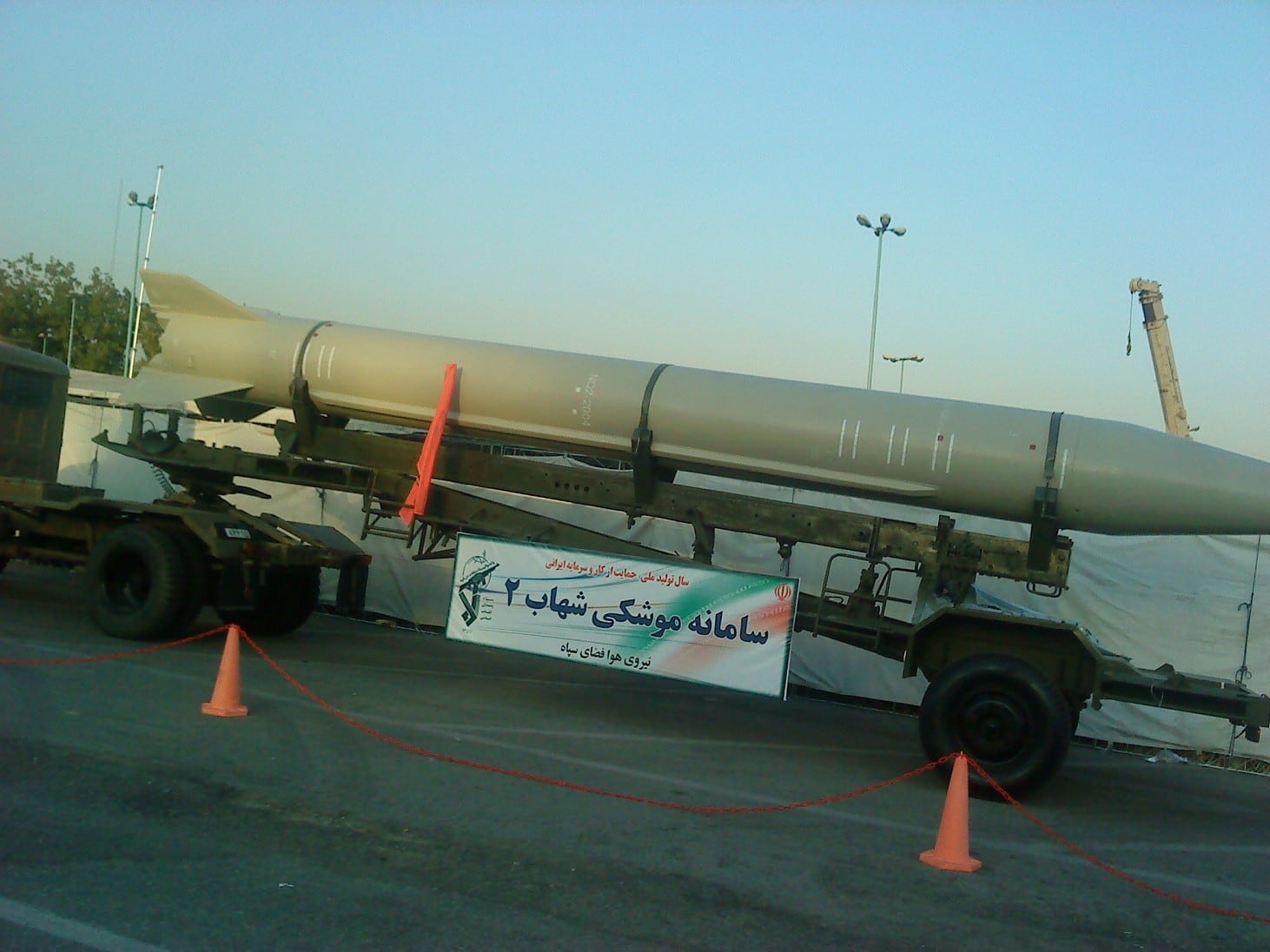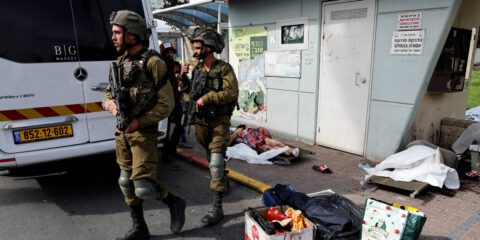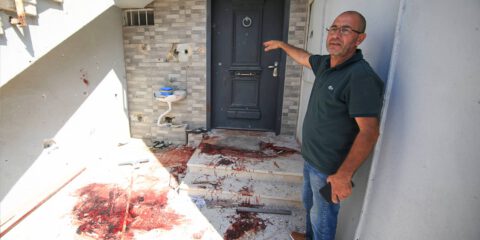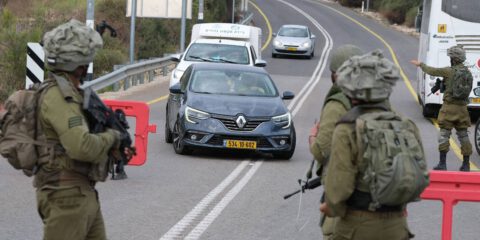The notion that Hamas could be incentivised by the injection of funds from Qatar has proven erroneous or deeply problematic.
The latest short, intense flare-up of violence between Israel and Hamas-controlled Gaza appears to have concluded. Four Israelis and 29 Palestinians were killed.
The four Israelis were civilians; at least 11 of the Palestinians killed were members of the organisations engaged in combat against Israel (Hamas and Islamic Jihad). Two Palestinians were killed by a stray rocket fired by Islamic Jihad.
The Egyptian-brokered ceasefire that took hold in the early hours of Monday in all essence reimposes the “status quo ante bellum” (if such a ringing phrase may be applied to a round of conflict that lasted 41 hours).
Few if any on either side believe this episode will be the last of its kind. The swiftness with which normal life returns after intermittent eruptions of violence is a notable feature of life here. The clashes came during the approach to Israel’s Remembrance Day commemoration, and to the Independence Day celebrations that follow it, and on the eve of the month-long Muslim festival of Ramadan. This created an odd and undeclared common interest between the government of Israel and the rulers of Gaza for an early conclusion to the hostilities.
So should the latest confrontation simply be filed away as a passing episode in a seemingly endless if mostly contained conflict? Not quite. Israel’s central dilemma regarding Hamas-controlled Gaza can be discerned behind Israeli decision-making in recent days.
Observe: the latest events mark the clear arrival of the Palestinian Islamic Jihad organisation to a primary role in the ongoing conflict. The fighting was triggered by the targeting by Islamic Jihad snipers of Israel Defence Forces personnel on the border area on May 3. Two IDF soldiers — a man and a woman — were wounded. The attack took place against the background of a Hamas-organised border demonstration. Israel’s response then led to further Hamas missile and rocket attacks.
The ability of Islamic Jihad to heat up the situation on the border is the subject of concern in Israel. Islamic Jihad, unlike Hamas, is not a largely independent actor with deep roots in Palestinian society. Rather, it is a military organisation closely aligned with Iran. Its leader, Ziad Nahleh, is based in Syria and is a frequent visitor to Tehran. The movement takes its direction from Iran’s Islamic Revolutionary Guards Corps.
Israeli officials consider the recent uptick in PIJ activity out of Gaza to be part of an Iranian desire to draw Israel into a prolonged operation in Gaza. This would be intended to divert attention from the more crucial front to Israel’s north, in Syria and Lebanon. In that arena, an undeclared conflict between Israel and Iran is under way.
Iran is seeking to build an infrastructure for future attacks on Israel. Israel is trying to prevent this. Gaza is a mere irritant by comparison. For Tehran, however, it is a useful irritant.
Control and direction of Islamic Jihad is intended to enable Iran to turn the flames in Gaza up or down according to its immediate needs. Israel’s reluctance to be drawn into a long and open-ended campaign in the area should be seen against this larger regional backdrop.
But herein lies the dilemma. The desire to avoid allowing Iran to precipitate a conflagration in Gaza cannot extend to allowing all acts of provocation to pass unanswered. To do so would be to cast away deterrence. If PIJ or Hamas get the impression attacks on Israel are cost-free, it may be assumed with certainty they will become routine. Hence, Israeli planners are faced with the difficult task of responding with sufficient ferocity to deter further acts of aggression while avoiding a descent into all-out war between Israel and Gaza.
The increasing tempo of attacks in recent months indicates this difficult balance has not yet been achieved.
A second reality underlined by the events of recent days is the absence of support in any part of mainstream Israeli opinion for a major ground operation to destroy the Hamas-led authority there and reoccupy the area.
Criticism of the ceasefire that concluded this latest round of fighting from within Israel — from within the ruling Likud and the main opposition Blue and White list — focused on what was seen by critics as the failure to extract a sufficient price from the rulers of Gaza before agreeing to a cessation of fire.
But no major call was heard for an all-out assault on Gaza. This may be explained partly by the great sensitivity in Israel towards military losses. But more important, the question of what would replace Hamas as the ruler of Gaza remains without an answer.
Israelis do not want to reoccupy the area. Meanwhile, under no circumstances would the Ramallah Palestinian Authority of President Mahmoud Abbas agree to receive the keys to the area from a victorious IDF, which would have just completed a bloody victory over Palestinian forces. On the contrary; the PA without doubt would support any Palestinian resistance to such an IDF campaign.
In recent days voices from the Left in Israel have argued that only the resumption of a negotiating process between Israel and the PA can prevent further rounds of violence between Israel and Gaza.
But the desirability of negotiations notwithstanding, it is difficult to see how this logic would apply given Hamas’s open opposition to any peace process with Israel, the 12-year inability of Palestinian factions to unite and the PA’s opposition to any IDF armed campaign into Gaza.
Indeed, given the apparent irreconcilability of the positions of Israel and even the Ramallah PA on core issues of the conflict — the Palestinian “right of return”, the future of Jerusalem, the borders of a future Palestinian state — from a certain point of view, the current fragmentation of the Palestinian national movement could be seen as a tacit advantage for Israel. That is, if the conflict is insolvable anyway and is a zero-sum game, then a fractured, disunited opposing camp is preferable to a unified one.
This logic, however, holds only if the hostile Hamas entity in Gaza can be deterred, and prevented from carrying out its stated desire to do harm to Israelis.
The notion that Hamas could be incentivised by the injection of funds from Qatar has proven erroneous or deeply problematic. It was a temporary delay in the transfer of a tranche of these funds that caused the Gaza rulers to stand alongside Islamic Jihad in the recent escalation.
In this regard, the only partial success of Israel’s Iron Dome missile defence system in this round of fighting also should be noted. Hamas fired 690 projectiles at Israel from Gaza between Saturday and Monday. Of these, 35 struck populated areas in Israel. While in strictly military terms this is an indication of relative effectiveness, the deaths of three Israeli civilians as a result of the missiles, and the widespread disruption of life, means that it falls far short of what Israelis expect of their defence structures. On a tactical level, one way Israel conceivably could seek to raise the price for engaging in violence would be a return to a policy of targeted killings of Islamic Jihad and Hamas fighters.
The killing by the IDF of Hamas operative Hamed al-Hudri during the last round of hostilities is thus significant. Hudri was responsible for the distribution of Iranian funds in Gaza to organisations receiving support from Tehran. In killing Hudri, Israel clearly sought to demonstrate to the rulers of Gaza that it was not willing to continue to act within the tacit rules that had held in recent years.
It will be important now to see if Israel continues with this practice regarding the Hamas rulers of Gaza — precisely as a means of raising the price for violence against Israel, while avoiding a descent into a wider conflict.
So the ongoing contest with Iran, the absence of a coherent replacement for the existing authority in Gaza, the lack of a desire to reoccupy the area, and the absence of a Palestinian partner make an Israeli campaign to remove the Hamas regime in Gaza unlikely in the immediate future.
At the same time, the events of recent days demonstrate the difficulty of deterring an Islamist movement that, while weak, is engaged in what it regards as a long, unending war of attrition intended to eventually wear down and destroy its enemy (as far-fetched as this may sound).
Israel looks set to continue for now to manoeuvre between the twin undesired outcomes of being drawn into a large, costly and open-ended campaign in Gaza, and absorbing an ongoing campaign of violence emanating from the Strip. Tactical responses — increased targeting of Hamas and Jihad leaders and infrastructure, more Iron Dome batteries — are likely to be the order of the day. It’s a far from perfect answer for the frustrated population of Israel’s south, and for the people of Gaza suffering under the yoke of their Islamist rulers. Some dilemmas have no easy solution.
Published in The Australian 11.05.2019
JISS Policy Papers are published through the generosity of the Greg Rosshandler Family.
photo: Vahid alpha at English Wikipedia [CC BY 3.0]








 - בניית אתרים
- בניית אתרים